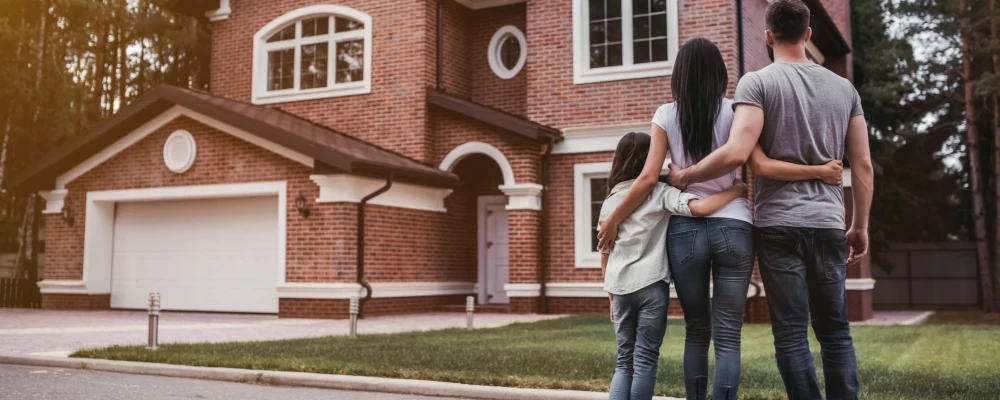10 Areas Which Are Not Protected By Most Homeowners Insurance
Most homeowners will experience at least one denied claim in 10 years of owning a home - don't let these be it.
Our content follows strict guidelines for editorial accuracy and integrity. Learn about our and how we make money.
When you take out a homeowners insurance policy, you might think that you’re covered against all future losses, accidents, and damages to your house. While homeowners insurance is immensely important and can provide critical protection against sudden crises, though, it doesn’t necessarily protect you against everything. Here are 10 of the top things that might not be covered under insurance.
What Homeowners Insurance Doesn't Cover
1. Sewer Backups
Surprisingly, many homeowners insurance policies aren’t written to cover damage caused by sewer backups. To get this kind of damage covered, you’ll either need to get a separate policy or have a special endorsement added to a standard policy. Given that the average cost of sewage cleanup nationwide is $7 per square foot, though, adding sewer backup coverage to your policy can definitely be worthwhile.
2. Dog Bites
If you own a dog, it’s very important to carefully check your homeowners insurance policy to see if you are covered in the event of your pet dog biting someone on your property. While some standard policies will cover the legal liabilities involved with a dog bite, many insurance companies exclude breeds such as pit bulls or rottweilers that are categorized as aggressive.
3. Loss of High-end Collectibles
If you own expensive jewelry, fine art, gold or silver bullion, valuable coins, or other high-end collectibles, it may surprise you to learn that they likely aren’t fully covered by your homeowners insurance in the event of damage or theft. Most standard policies will cover such items up to a certain amount, but that amount may be far below their true value. For full protection, you should have your collectibles appraised and covered under a separate policy for their full market value.
4. Flooding
If you live in a high-risk area, such as on the floodplain of a river, there’s always a chance that your home could become flooded at some point in the future. Unfortunately, many homeowners who have never had to deal with a flood believe that their ordinary insurance policies will cover the costs of repairing water damage. The truth is that flood insurance can only be obtained by taking out a separate policy.
5. Earthquakes
Like floods, earthquakes are not covered by basic homeowners insurance policies. If you happen to live in an earthquake-prone area, it can be a very good idea to take out a separate policy to cover damage to your property in the event of a severe quake. The same also applies to landslides, sinkholes, and damage from other geological phenomena.
6. Some Burst Pipes
Most homeowners assume that damage caused by a pipe bursting will automatically be covered by their insurance policies. While a basic homeowners insurance policy will protect you in most cases of sudden pipe malfunction, there are some important limitations that you should be aware of. Specifically, your insurance company may deny your claim if they find the damage to be the result of normal wear and tear, which isn’t covered by insurance. So, if an old, corroded pipe bursts and causes water damage, you may find that the cleanup and repairs aren’t covered by your policy.
7. Termite Damage
As a general rule, damage caused by an infestation of termites won’t be covered by your homeowners insurance. This is because infestations of termites, carpenter bees, and other insects are preventable with proper routine maintenance. To make sure you never have to deal with structural termite damage, be sure to have a pest control company inspect and spray regularly, as damage caused by the insects can easily cost you $3,000 or more.
8. Trampoline and Pool Injuries
Owing to the high liability risks associated with them, standard homeowners insurance policies don’t provide coverage for injuries that occur on a trampoline or in a pool. Trampoline injuries result in thousands of emergency room visits each year, while residential pools account for a significant number of drowning deaths. As a result, you’ll likely need additional liability insurance in order to be fully covered if you own a pool or a trampoline.
9. Theft or Loss of Cash
If you keep a large reserve of cash in your home for emergencies, you should be aware that it likely isn’t fully covered by your policy. Many homeowners insurance providers will only reimburse you for up to $200 of cash stolen or lost in a fire, though the exact amount you are entitled to will depend on your provider and your specific policy. For extra protection, it’s usually a good idea to invest in a fireproof safe that will keep your cash safe in the event of a fire and make it more difficult for burglars to access.
10. Mold Damage
Though you might not think of it as a major concern in your home, mold damage can be surprisingly costly. In severe cases, mold remediation can cost $10,000 or more, and even a standard remediation job can go well into the thousands. What’s worse, you’ll likely have to pay these costs out of pocket, as mold is considered a preventable problem and is not covered by homeowners insurance. In cases where mold results from sudden, unavoidable damage, though, it may be covered. If you want additional coverage, you can also add an endorsement to your basic policy to cover mold damage up to a certain amount.